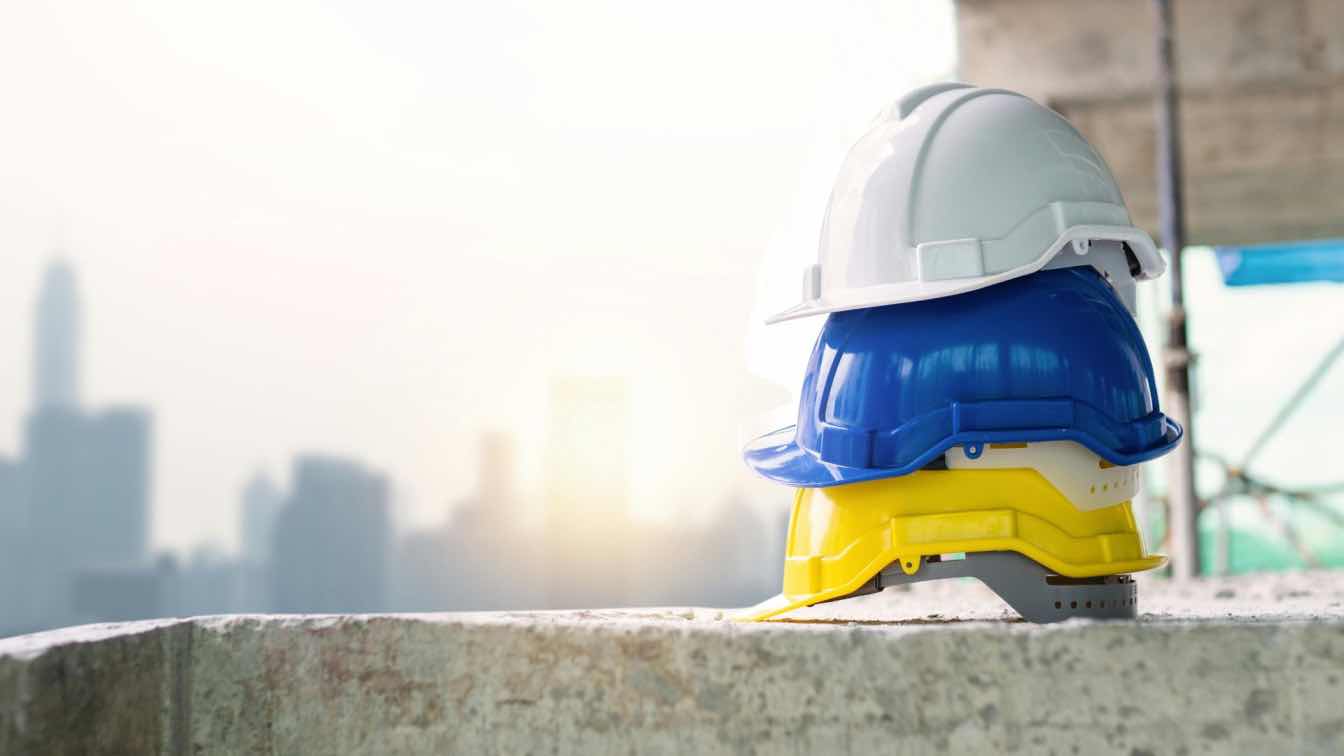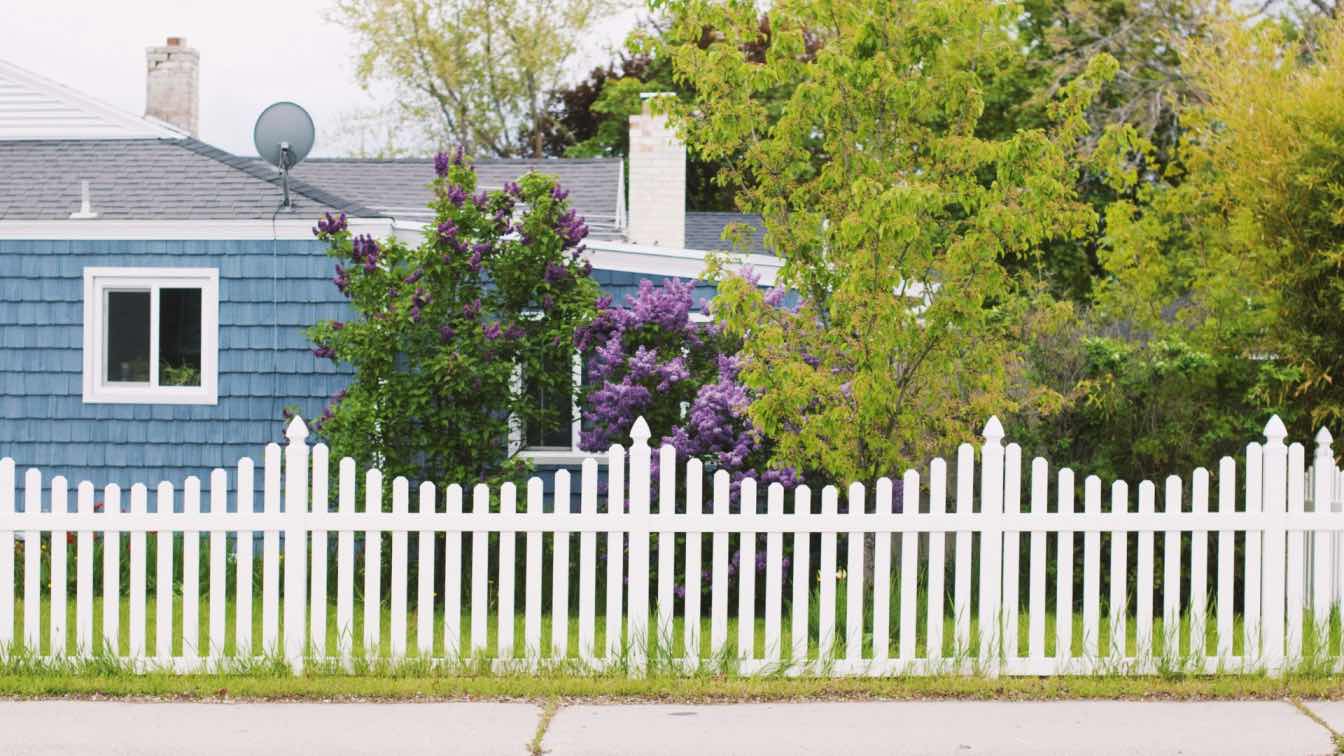Want to slash your construction site accident rates?
Every construction project manager knows that falls are the number one killer on job sites. With 421 construction workers dying from falls in 2023 alone, it's clear that traditional safety measures aren't cutting it.
Here's the problem:
Most construction sites treat guard rail safety solutions as an afterthought. They slap up basic barriers and call it a day. But fall protection violations remain the most cited OSHA standard year after year.
Without proper guardrails, you're gambling with lives.
In this guide, I'll show you exactly how to integrate guardrail safety solutions into your construction site protocols. These are the same strategies that have helped construction companies reduce their accident rates by double digits.
Let's jump in!
What you'll discover:
- Why Construction Sites Are Death Traps Without Guard Rails
- The Hidden Costs of Poor Fall Protection
- 5 Essential Guard Rail Integration Strategies
- How to Choose the Right Guard Rail System
Why Construction Sites Are Death Traps Without Guard Rails
Guard rail safety solutions aren't just about compliance. They're about keeping your workers alive.
Here's what most people don't realize:
47% of construction accidents involve falls. That's nearly half of all injuries happening because workers lose their footing, slip, or fall from height.
And here's the kicker...
70% of fatal falls happen at companies with fewer than 10 employees. Small crews think they can skip the safety protocols, but that's when disasters strike.
The Fatal Four Still Rule
OSHA's "Fatal Four" hazards account for most construction deaths:
- Falls (38.4% of all construction fatalities)
- Struck by objects
- Electrocutions
- Caught in/between accidents
Falls top the list every single year. Without proper guardrail systems, you're essentially sending your workers into a war zone without armor.
The construction industry had 1,075 fatalities recorded in 2023. That's almost three deaths every single day.
Think about it:
Your site could be next if you don't have the right safety protocols in place.
Height Doesn't Matter
One of the biggest misconceptions in construction safety is that you only need protection at extreme heights.
Wrong.
OSHA requires fall protection at just 6 feet in construction. Why? Because even a 6-foot fall can kill or permanently disable someone.
Most construction sites have:
- Roof edges
- Floor openings
- Elevated platforms
- Stairwells
- Loading docks
Every single one of these needs proper guardrail coverage.
The Hidden Costs of Poor Fall Protection
Poor guard rail integration doesn't just cost lives. It destroys your bottom line.
Here's what happens when you skip proper safety protocols:
OSHA Fines Are Brutal
Fall protection violations can cost you up to $156,259 per violation. That's for willful or repeated violations.
Even "serious" violations will set you back $15,625 each. With multiple violations adding up fast, you could be looking at six-figure fines.
Workers' Compensation Explodes
The average cost of a construction injury is $42,000. But that's just the beginning.
A single death can cost your company $1.34 million in workers' compensation claims. Fatal falls? They're the most expensive claims of all.
Project Delays Kill Profits
Every accident shuts down your site. OSHA investigations can halt work for weeks. Insurance companies get involved. Lawyers circle like vultures.
Meanwhile, your project deadlines slip and penalty clauses kick in.
Insurance Rates Skyrocket
Insurance companies track your safety record like hawks. One major accident and your premiums can double or triple. Some companies become completely uninsurable.
5 Essential Guard Rail Integration Strategies
Ready to build guard rails into your safety protocols? Here's how to do it right.
Strategy 1: Start with Proper Planning
Most falls happen because of poor planning. 71% fewer workers use fall protection when employers don't plan.
Your guardrail strategy needs to be built into every project from day one. That means:
- Identifying all elevated work areas
- Mapping out guard rail installation points
- Ordering materials before work begins
- Training crews on proper installation
Don't wait until you're halfway through the project. Plan it upfront.
Strategy 2: Choose the Right System
Not all guardrails are created equal. You need systems that can handle construction abuse.
Look for these features:
- Hot-dipped galvanized steel construction
- Modular design for easy installation
- Heavy-duty guardrail posts that won't bend under pressure
- Quick-connect fittings for fast setup
- Reusable components for multiple projects
Cheap painted rails rust out in 5 years. Quality galvanized systems last 20+ years and save money long-term.
Strategy 3: Install Before You Need Them
Here's the biggest mistake construction sites make:
They install guard rails after the hazard is already there. By then, it's too late.
Guard rails need to be installed:
- As soon as floor openings are created
- Before workers access elevated areas
- Around all roof edges immediately
- At stairwells during construction
The moment a fall hazard exists, protection needs to be there.
Strategy 4: Make Inspection Non-Negotiable
Guard rails are only effective if they're properly maintained. Your safety protocols need daily inspection requirements.
Check for:
- Loose connections
- Damaged components
- Proper height (39-45 inches)
- Secure post anchoring
- Missing sections
Document everything. OSHA loves paper trails when accidents happen.
Strategy 5: Train Everyone
Every worker needs to understand guardrail systems. That includes:
- How to identify fall hazards
- Proper installation procedures
- Daily inspection requirements
- Emergency procedures if the rails fail
Don't assume workers know how to use safety equipment. Train them properly.
How to Choose the Right Guard Rail System
Not every guardrail system works for every job. Here's how to pick the right one.
Consider Your Project Type
Residential construction needs lightweight, portable systems. You're moving around a lot and need a quick setup.
Commercial construction requires heavy-duty systems that can handle equipment abuse. Forklifts, cranes, and other machinery will test your rails.
Industrial projects need specialized systems for unique hazards like chemical exposure or extreme temperatures.
Evaluate Installation Speed
Time is money on construction sites. Look for systems that:
- Install without special tools
- Use standardized components
- Can be moved and reused easily
- Don't require concrete anchoring
The faster you can install protection, the safer your site becomes.
Factor in Long-Term Costs
Cheap guard rails are expensive in the long run. Calculate:
- Initial purchase price
- Installation labor costs
- Maintenance requirements
- Replacement frequency
- Disposal costs
Quality systems cost more upfront but save money over time.
Wrapping It Up
Guard rail safety solutions aren't optional extras. They're life-saving equipment that every construction site needs.
With falls causing nearly half of all construction accidents, proper guard rail integration can mean the difference between life and death for your workers.
Remember the key strategies:
- Plan guard rail installation from day one
- Choose quality systems that last
- Install protection before hazards exist
- Inspect and maintain regularly
- Train every worker properly
The construction industry loses over 400 workers to falls every year. Don't let your site become another statistic.
Start integrating proper guardrail safety solutions into your protocols today. Your workers' lives depend on it.





